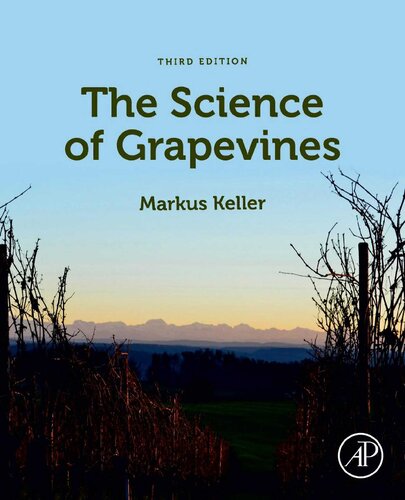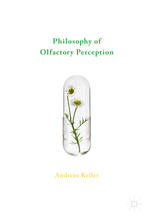The Science of Grapevines 3rd Edition by Markus Keller ISBN 0128167025 9780128167021
$50.00 Original price was: $50.00.$25.00Current price is: $25.00.
The Science of Grapevines 3rd Edition by Markus Keller – Ebook PDF Instant Download/Delivery: 0128167025, 9780128167021
Full download The Science of Grapevines 3rd Edition after payment

Product details:
ISBN 10: 0128167025
ISBN 13: 9780128167021
Author: Markus Keller
The Science of Grapevines, Third Edition reflects the latest insights into cultivar relationships, vascular transport, hormone action, and stress responses of grapevines. Based on the author’s many years of teaching, research and practical experience with grapevines and grape production, the book is completely revised and updated, presenting a comprehensive introduction on the physical structure of the grapevine, its organs, their functions, and their environmental interactions. While many concepts discussed are broadly applicable to plants in general, the focus is on grapevines, especially cultivated grapevines. This book enables readers to use these concepts in their own scientific research or in practical production systems.
Scientifically grounded and integrating discoveries in other plant species, the book explores the physiological processes underlying grapevine form and function, their developmental and environmental control, and their implications for practical vineyard management.
- Improves user understanding of the impact of their management decisions and cultural practices
- Enables prediction of the consequences of actions in the vineyard and the diagnosis and mitigation of potential problems before they threaten the sustainability of grape production
- Includes specific insights on canopy-environment interactions, yield formation, sources of variation in fruit composition and environmental constraints
The Science of Grapevines 3rd Table of contents:
Chapter 1: Taxonomy and anatomy
Abstract
1.1 Botanical classification and geographical distribution
1.2 Cultivars, clones, and rootstocks
1.3 Morphology and anatomy
Chapter 2: Phenology and growth cycle
Abstract
2.1 Seasons and day length
2.2 Vegetative cycle
2.3 Reproductive cycle
Chapter 3: Water relations and nutrient uptake
Abstract
3.1 Osmosis, water potential, and cell expansion
3.2 Transpiration and stomatal action
3.3 Water and nutrient uptake and transport
Chapter 4: Photosynthesis and respiration
Abstract
4.1 Light absorption and energy capture
4.2 Carbon uptake and assimilation
4.3 Photorespiration
4.4 Respiration
4.5 From cells to plants
Chapter 5: Partitioning of assimilates
Abstract
5.1 Photosynthate transport and distribution
5.2 Canopy–environment interactions
5.3 Nitrogen assimilation and interaction with carbon metabolism
Chapter 6: Developmental physiology
Abstract
6.1 Yield formation
6.2 Grape composition and fruit quality
6.3 Sources of variation in fruit composition
Chapter 7: Environmental constraints and stress physiology
Abstract
7.1 Responses to abiotic stress
7.2 Water: Too much or too little
7.3 Mineral nutrients: Deficiency and excess
7.4 Temperature: Too hot or too cold
Chapter 8: Living with other organisms
Abstract
8.1 Biotic stress and evolutionary arms races
8.2 Pathogens: Defense and damage
People also search for The Science of Grapevines 3rd:
what is grapevines
why are grapevines pruned
science of grapes
the science of growing apples
the science of wine
Tags:
Markus Keller,Science,Grapevines
You may also like…
Mathematics - Mathematical Statistics
Uncategorized
Biology and other natural sciences
Science (General)
Mathematical optimization terminology: a comprehensive glossary of terms First Edition Keller
Uncategorized
10 Principles of Modern Marketing 1st edition by Kevin Lane Keller, Ann Lewnes 53863MIT60431
Politics & Philosophy - Anthropology
The Dialectics of Orientalism in Early Modern Europe 1st Edition Marcus Keller
Science (General)
Philosophy of Olfactory Perception 1st Edition Andreas Keller (Auth.)
Politics & Philosophy - Anthropology
Metaphysics of Science A Systematic and Historical Introduction 1st Edition Markus Schrenk












